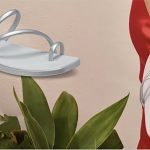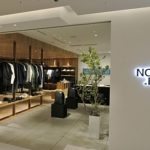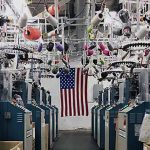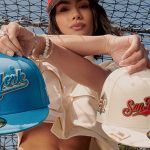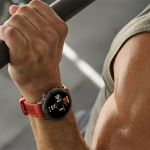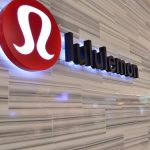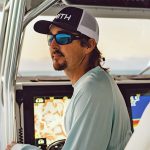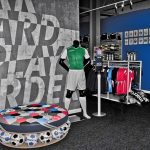Peter Sachs, the longtime U.S. general manager at Lowa, sat down with SGB Executive to talk about his 29-year career building the German boot maker’s U.S. business, the current state of the outdoor industry, and semi-retirement plans.
As reported, Lance Taylor, a 17-year Salomon veteran who recently led the company’s outdoor national business unit, will assume Sachs’ role, working closely with him over the coming months to ensure a smooth transition, scheduled to end in the third quarter.
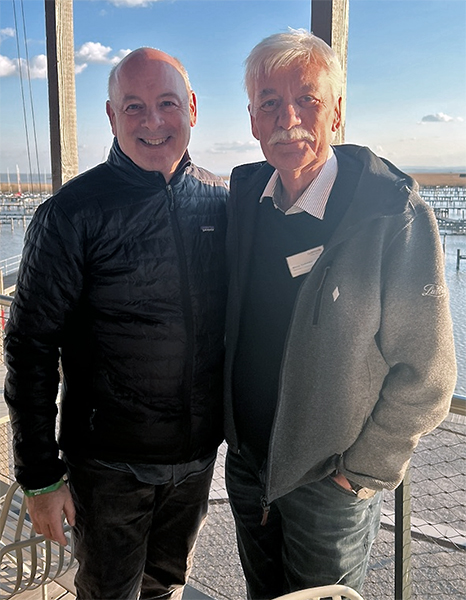 SGB: In 1996, you launched Lowa’s U.S. operation. What were those early days like?
SGB: In 1996, you launched Lowa’s U.S. operation. What were those early days like?
PS: Before Lowa, I was at Raichle and Fischer. In Europe, the CEO of Raichle, Werner Riethmann, had become the CEO of Lowa, and he was looking to expand the U.S. business, distributed mainly through Climb High, which also distributed crampons, ice axes, ropes, and other climbing equipment. The company primarily sold Lowa’s plastic mountaineering boots. Werner did not know how big the U.S. market could be, but was pretty sure it was bigger than plastic mountaineering boots. So, he recruited me to represent the brand. We started in a one-room office in downtown Stamford, CT, where I live. I went to an Outdoor Retailer Show with a sample set, got a handful of accounts and 29 years later, here we are.
SGB: Did Lowa benefit from its reputation overseas when entering the U.S.?
PS: We had zero brand recognition in the U.S. at that time, except with some elite climbers. With outdoor enthusiasts, we now have pretty good brand recognition. We still do not have good brand recognition with the general public after all these years, but we’re the high-end player in the marketplace, and we’re only going to cater to outdoor enthusiasts with our products as opposed to the lifestyle product that today, more than ever, is increasingly popular.
SGB: Was there a breakthrough that helped Lowa secure its foothold in the U.S.?
PS: Our breakthrough happened quickly. In 1997, we introduced the Renegade and a sister shoe, The Tempest. The Renegade has grown to become one of the top outdoor hiking boots in the marketplace. It remains the top one, two or three shoe at virtually all accounts we do business with. It shares a position with products like Merrill Moab, which sells an awful lot of shoes but at a significantly different price point. And the magic of the Renegade is that it’s now at $265 and continues to lead the market when the average boot price is roughly half that. It’s a nice position to hold.
SGB: How has the industry changed since your early days?
PS: When I started, the outdoor industry was composed of enthusiasts who went hiking, climbing and other related activities like cycling and paddle sports. It was gear-oriented. The clothing was technical. Boots were technical. Now the market is much more lifestyle-oriented. The good news is that awareness of the outdoors has grown significantly not only among the average consumer, but also within the government. State governments are all rallying behind their companies that are in the industry. They’re also making parks, trails and other facilities readily available because they see the dollars in them. So, the market has expanded tremendously over the time I’ve been in it.
SGB: Has the key to success changed with the lifestyle shift?
PS: The key to survival for a brand is still maintaining authenticity — what brought you to the party and what made you relevant to consumers. That doesn’t mean you can’t branch out from your core product category, but you must bring those attributes and those qualities forward. You can’t just say, ‘We’re a technical boot company, and now we’re going to make lightweight T-shirts.’
SGB: What’s been the key to Lowa’s success in the U.S. market?
PS: I always tell our staff and sales team that Lowa designs really good shoes, sources the material for really good shoes, and builds really good shoes. We have to service at that same level. And that’s where we add value to the equation. And if we do that, you get one plus one plus one plus one equals five instead of four. And that’s where we become relevant to our retailer customers as well as consumers. And, it’s just working hard every day, honestly and sticking with what we do.
SGB: Lowa Sportschuhe GmbH recently reported its second-best result in its 102-year history. How is the U.S. business doing today?
PS: Our U.S. business has grown about 40 percent since COVID started. We’ve held and kept that growth. It’s been a lot of work. It’s been tiring, but we’ve contributed to some of what Lowa is showing globally.
SGB: Are you seeing strength in the same categories as your parent?
PS: Our business is slightly different from the global business. In the company’s announcement, it cited kids as a strong seller. We can’t sell kids’ shoes. They’re too expensive for this market, but our core hiking, backpacking categories have continued to hold their own. Our duty boot collection, the professional boots for police, soldiers and security-type people, has done exceptionally well in the last couple of years, driven by the world challenges of Ukraine, Israel and the U.S. southern border.
SGB: Your parent also called out strength in trail running.
PS: Trail run for us is still in its infancy, but we’re laying the groundwork so that my successor in three to five years should have a nice business segment under his belt.
SGB: What’s your take on the outdoor space today?
PS: The business environment and outdoor is not necessarily different from the general business environment. The economy is getting increasingly more difficult by the day. Tariffs and the uncertainty that they bring are driving everybody crazy. For brands, we’re all trying to find ways to communicate with the consumer in a media market that’s constantly changing. It’s pretty complex and convoluted out there right now.
SGB: You’re a regular on the trade show circuit. Where do you see their value and how they’ve evolved?
PS: It’s the best place for a company to put its brand. It’s a place for retailers to figure out trends and discover new brands and opportunities. It’s a way for people to see even color stories. Rep shows are great for assortment planning and order writing, but the national show is the opportunity to put your best foot forward and showcase your brand. Right now, OR has gone through a level of distress — some of it self-inflicted, some of it is just that maybe it’s run its course. I don’t know. Switchback, the new kid on the block, is getting some attention. The challenge is that they’re on top of all the regional rep shows. The regional rep shows filled a void during COVID, and the national shows sitting there saying, ‘But what about us?‘ They need to come up with a different format for an industry gathering. Honestly, everybody I speak to in the industry wants a national industry gathering of some sort, just not in June and not in November.
SGB: What are Lowa’s U.S. plans for the current year?
PS: We’re in a transition right now. It’s a luxury that we’ve got basically five months to do it. Lance in May and June can focus on product, customers, learning the sales reps, and be on a listening tour. He can put a different lens on than his previous brand. In the latter part of the summer and early fall, he can focus on operations and the back end of the business, which works very smoothly. It gives him the time to put together whatever business plan for the future will be.
SGB: What are your future plans?
PS: I’m working through September 30. My immediate plans are to do some hiking with my wife and kids in southern Utah and Arizona. I’ve flown over the Grand Canyon in that part of the country 100 times. I’d like to stand on the edge and look down. I’d like to see some of these iconic parks in southern Utah. So that’s going to be a good part of October right away. Get a little fresh air and exercise. Then, I will take the rest of the fourth quarter off. I am interested in doing projects for companies and taking on an interim role. If somebody says, ‘Hey, could you help us organize some part of our company or branch into something?‘ But I don’t want another full-time role.
SGB: What will you miss about the industry?
PS: The people. Not that we don’t have tough days, but the people I work with every day are generally fun to work with. My reps are all good people, and I’ve gotten to know most of our customers, in many cases, personally over this long period. I know how their kids have grown up. It’s the people more than anything.
SGB: What won’t you miss?
PS: The last five years between COVID, supply chain, PFAs, and now tariffs have been very hard and led to many frustrating days, but they’re also interesting and intellectual challenges. They make you think differently, and that’s been, in many regards, a positive. I’m not going to miss a day like Thursday night, sitting in a Tampa airport with a delayed airplane flight and getting home at a quarter to one in the morning. I don’t mind traveling, but it’s like, ‘Could you take off on time and land on time?‘ That’s the tough stuff.
Image courtesy Lowa

